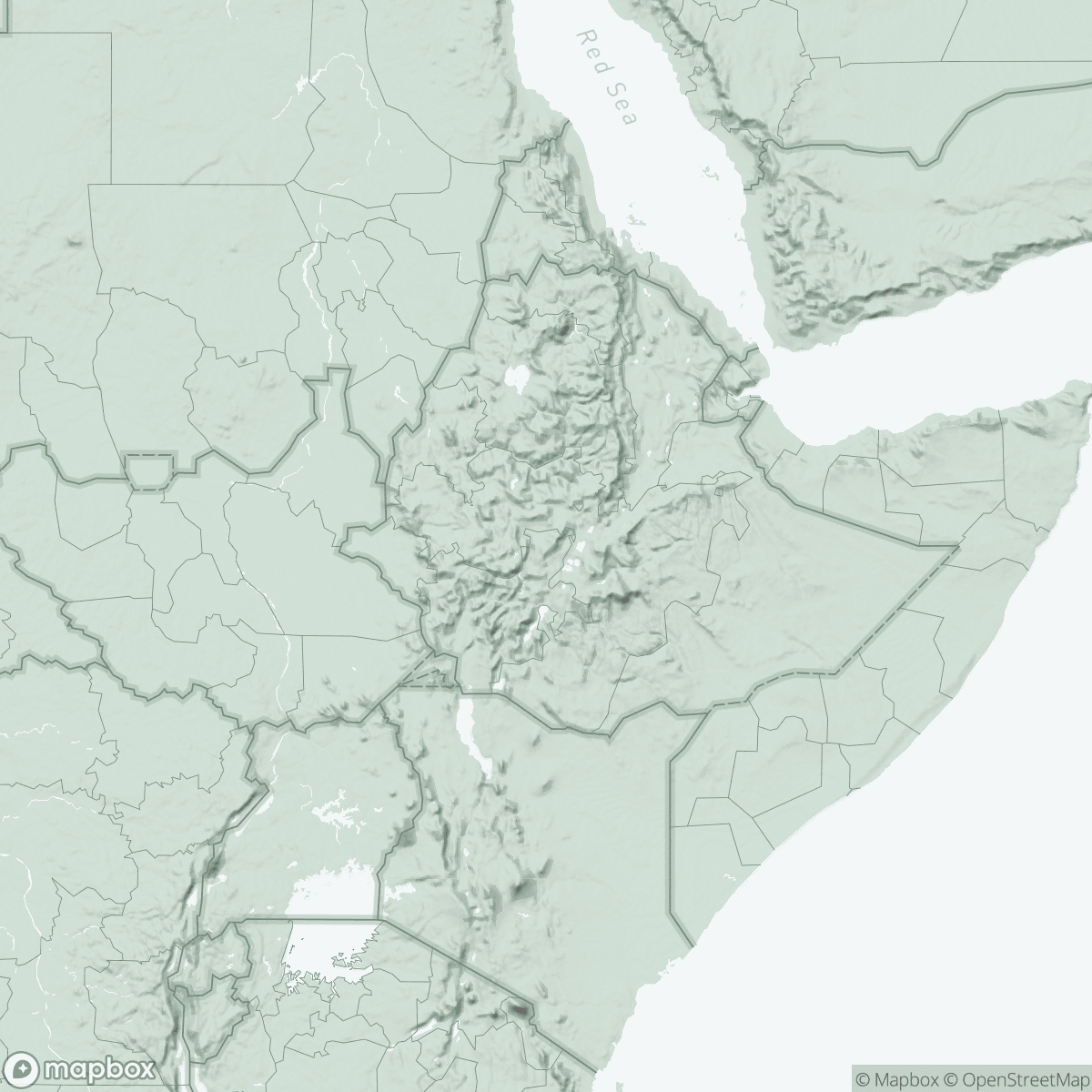A Growing Crisis for thousands of displaced people in Ethiopia’s Amhara region
In 1 click, help us spread this information :
In Ethiopia’s Amhara region, driven by conflict and instability, according to the UN-OCHA more than 660,000 internally displaced peoples (IDPs) are living in makeshift shelters, host communities, and in overcrowded camps. Tehuldere, a district in Amhara region, has 3 IDP camps – Jari 1, Jari 2 and Mekan Eyesus camps.
Jari 2 Camp is located along a rocky mountainous road which made it challenging to access. the area used to serve as a base for a Turkish company constructing the railway. The camp is fully fenced and consists of a mix of containers, tents in various conditions, and temporary shelters. Some areas are overcrowded, with rubber hall hosting large numbers of smaller, unsanitary tents. Families live in tight spaces, sometimes separated only by plastic curtains or old blankets.
Jari 1 Camp, once an orphanage and now hosting over 1,400 IDPs, is situated in a small village, made up of a mix of traditional structures, iron-sheet buildings, and even an old bus being used as shelter for several displaced families.
In Mekane Eyesus Camp shelters are made up of a mix of concrete buildings shared by several families, tents, and makeshift shelters. The camp hosts 1,432 IDPs.
IDPs continue to face difficulties related to housing, access to basic services, and uncertainty about their future. Humanitarian needs remain pressing, with an urgent need for food, water, shelter, and medical care.
Testimony of Mohamed Tefera – IDP at Mekan Eyesus Camp, South Wollo, Amhara Region
I came here five years ago. Life here is full of suffering. For us, displaced people, the biggest challenge now is hunger. If a person doesn’t eat or drink, survival becomes impossible. Food aid comes irregularly and it’s usually only maize.
There are 1,432 people here many are elderly, disabled, widows, and children. Around 690 of them are between the ages of 0 and 17. Most families have up to 7 or 8 children.
Before we die from hunger, we are pleading for help.
Shelter is a major issue we have. Look around, one mother here just gave birth to twins. She’s living in a flimsy shelter, exposed to the burning heat during the day and freezing temperatures at night.
The locals pray for rain, but we are praying it doesn't come because we have no roofs to keep the rain out.
We call these places “shelters,” but they are barely that. We have no mattresses, no blankets, no basic household items. It’s been a long time since anyone received such support.
Everyone here is sleeping out in the cold. We don't know how we can get proper shelter to live in.
We’ve been here five years, and we still have no clarity on our future. Who will ever help us rebuild our lives? We don’t know.

We have more to say, but even speaking feels hopeless when nothing changes.
When we get sick, there are clinics and hospitals nearby. But if they told us to buy painkillers and medicine from outside pharmacies, often costing 2,000 to 3,000 birr (up to USD 22), most of us can’t afford that. Many just return empty-handed.”
Testimony of Yewbe Seid Nuriye, IDP at Jari 2 Camp, South Wollo, Amhara Region
Our biggest problem is food. We used to receive maize per month and even that is now irregular and unreliable. We sleep on stones. We have limited water, nothing to cook.
We do not have basic essentials like cooking oil, or beans. All we have are problems. Nothing has changed. We have gone through so much hardship.
Now, the rainy season is coming, and we do not know how we will survive. Even in spring, we struggled.
We could not sleep. The tents were leaking, and we were soaked through the night.
Testimony: Zeyneba Mohamod Hussien, IDP at Jari 2 Camp
We’re supposed to receive food regularly, but the distribution is often delayed and unpredictable.
There was one time it did not come for several months. Things got so bad that our boys had to go around the community, begging for food. That is how we survived.
To grind the maize, we have to walk about 30 minutes through a dark tunnel that has been under construction for railway. It is dangerous, especially for women, it is not safe.
Everything is a struggle. Honestly, I do not even know how to explain how hard our situation is. The environment around us is not safe.
We do not have toilets. The women’s toilet is closed because it is full, so we are all using the men’s toilet now. The men have started going into the forest. Once the men’s toilet fills up, we will not have anywhere to go.
When the water supply is interrupted, which happens often, we have to walk through that same dark tunnel again. A lot of bad things happen in that darkness.




